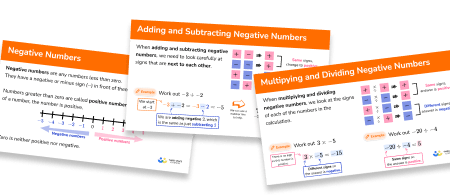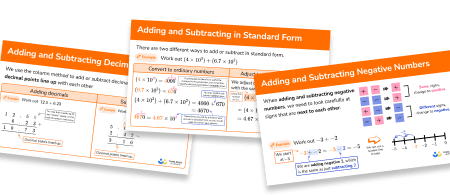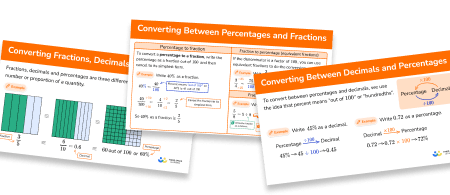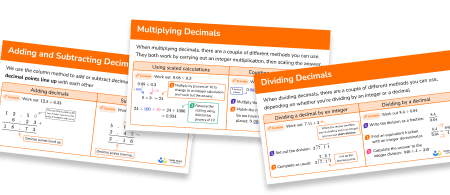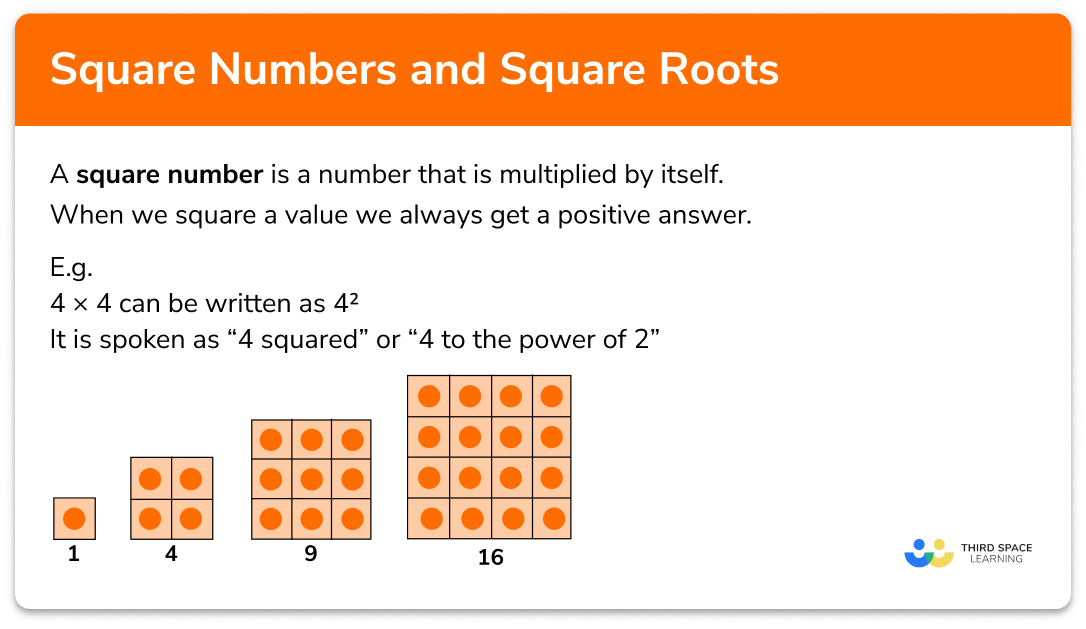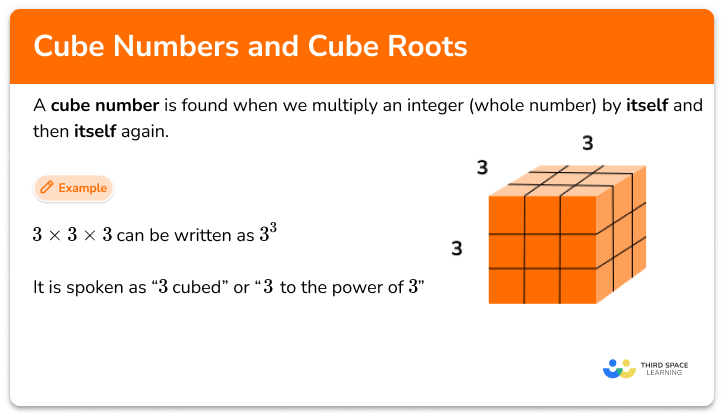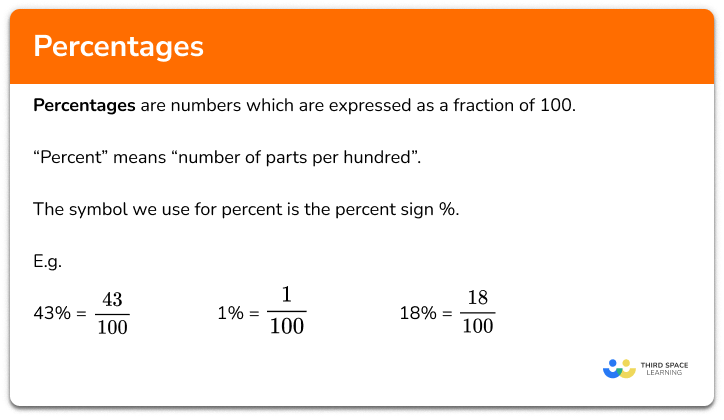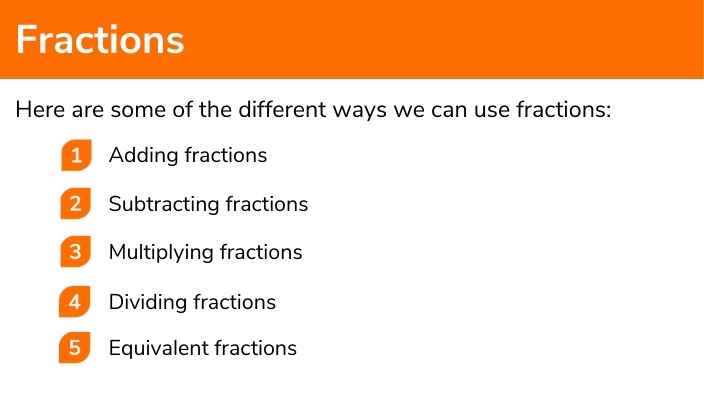FREE DOWNLOAD
Prime Numbers Worksheet

Help your students prepare for their Maths GCSE with this free prime numbers worksheet of 30+ questions and answers
- Section 1 of the prime numbers worksheet contains 20+ skills-based prime numbers questions, in 3 groups to support differentiation
- Section 2 contains 3 applied prime numbers questions with a mix of word problems and deeper problem solving questions
- Section 3 contains 3 foundation and higher level GCSE exam style prime numbers questions
- Answers and a mark scheme for all prime numbers questions are provided
- Questions follow variation theory with plenty of opportunities for students to work independently at their own level
- All questions and maths resources created by fully qualified expert secondary maths teachers
- Suitable for GCSE maths revision for AQA, OCR and Edexcel exam boards
Prime numbers at a glance
Prime numbers are numbers whose only factors are themselves and 1. The prime numbers up to 20 are 2, 3, 5, 7, 11, 13, 17 and 19. Notice that 2 is the only even number which is prime, all other primes are odd numbers. Numbers with more than two factors are called composite numbers. All prime numbers are positive integers.
Every composite number can be written as a product of prime factors. We can use the prime factors of two numbers to find the HCF and LCM of those numbers.
We can use the divisibility rules to determine whether a number is a factor of a given number. If a number has no factors, other than itself and 1, it is prime. The sieve of eratosthenes is another method used for finding prime numbers. It involves using a grid and eliminating all except the first multiple of each whole number in turn.
Looking forward, students can then progress to additional number worksheets, for example a multiplying and dividing decimals worksheet or an order of operations worksheet.

For more teaching and learning support on Number our GCSE maths lessons provide step by step support for all GCSE maths concepts.
Do you have students who need additional support?

With Third Space Learning's secondary maths tutoring programmes, students in Year 7-11 receive regular one to one maths tutoring to address gaps, build confidence and boost progress.
"My confidence in the tutoring is high. We've had some phenomenal results. I even had one girl get a Grade 8 this year; she came to every tutoring session."
Stacey Atkins, Maths Director, Outwood Grange Academies Trust

